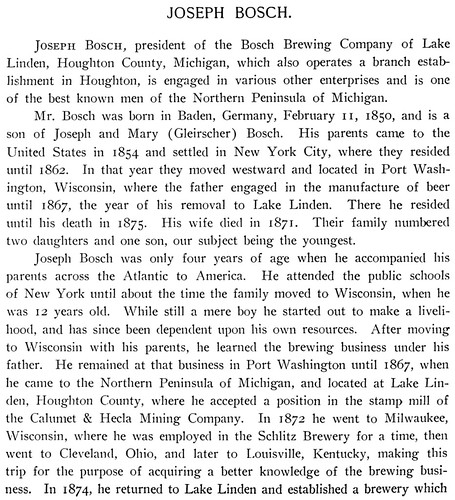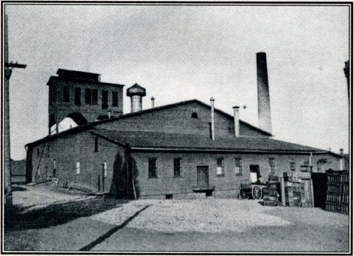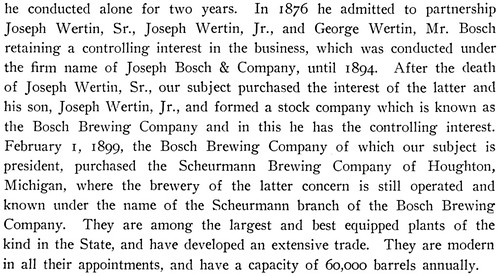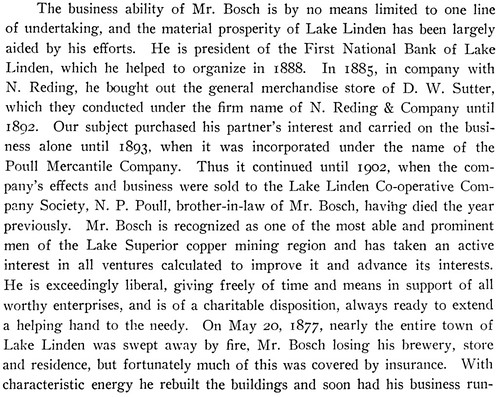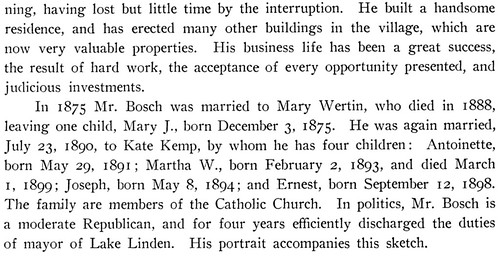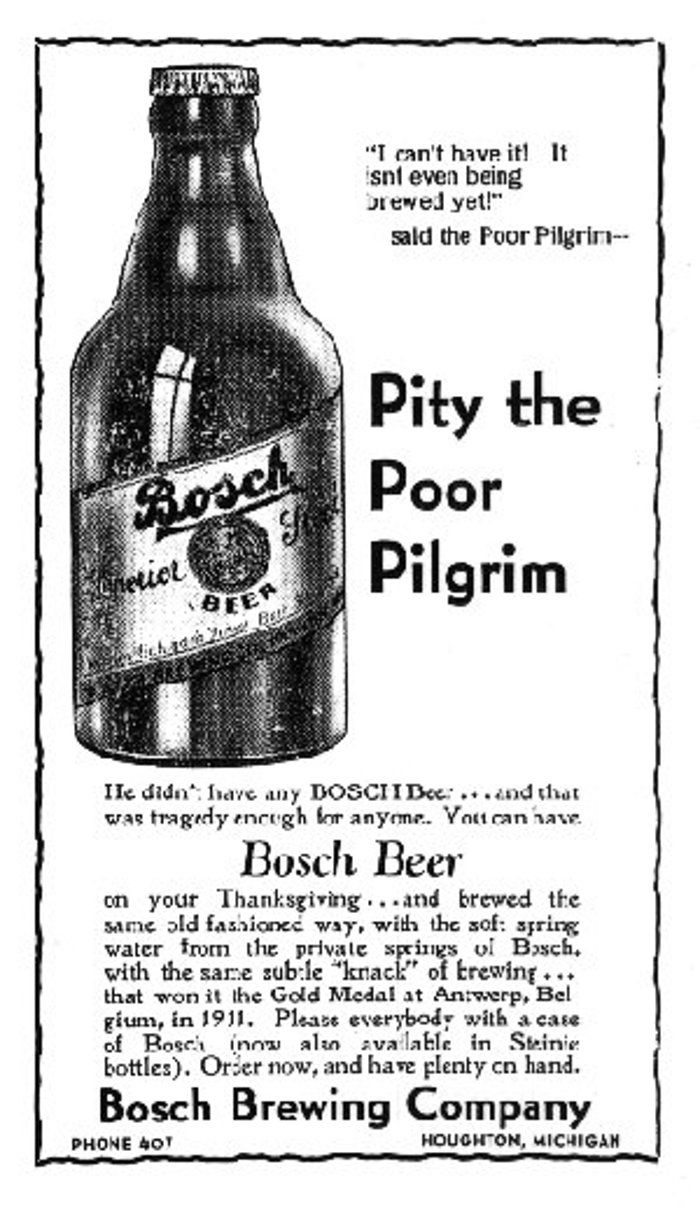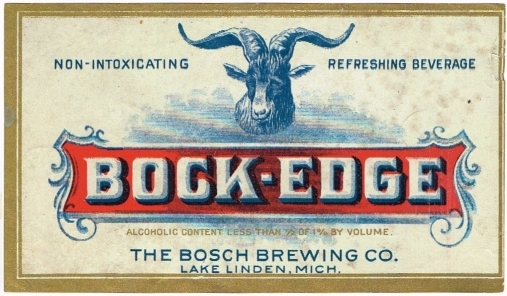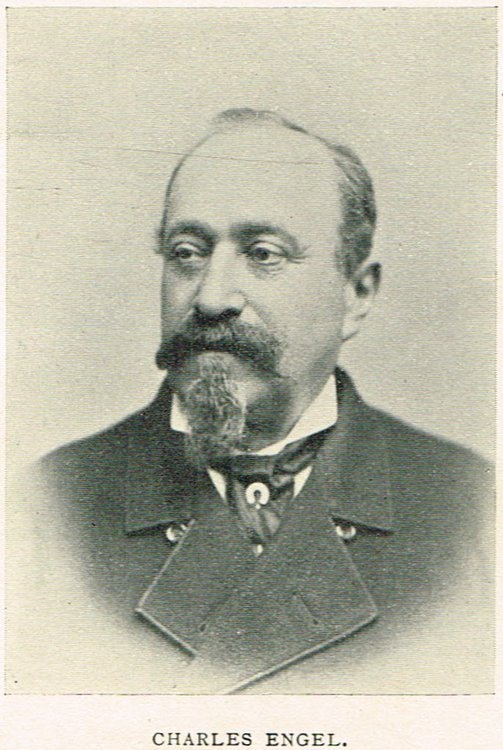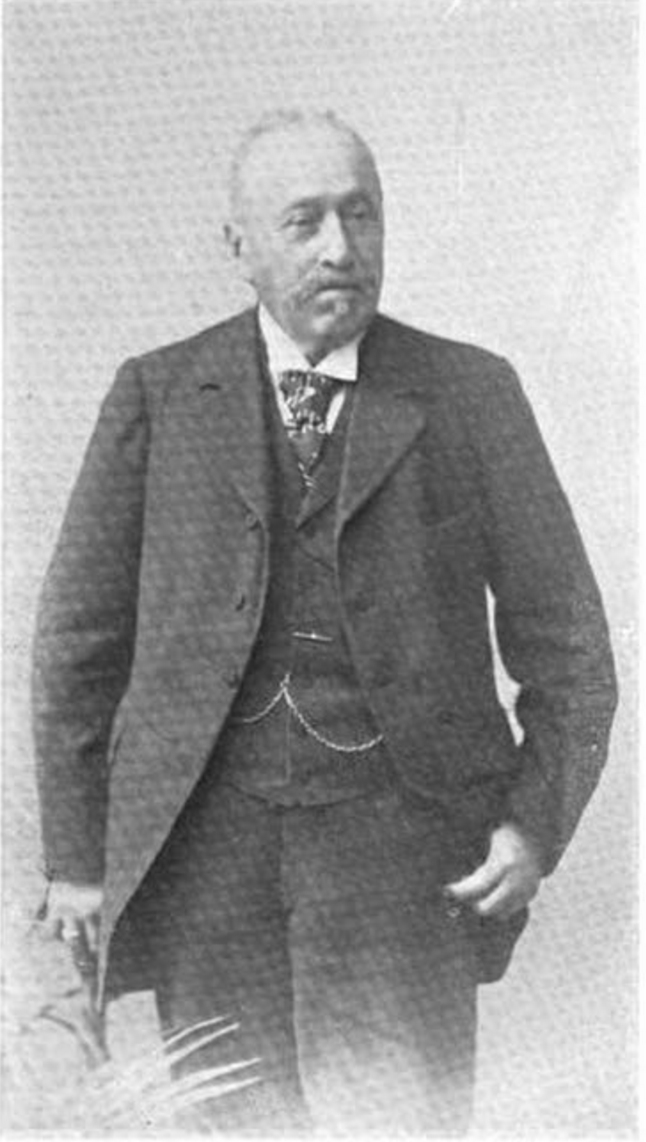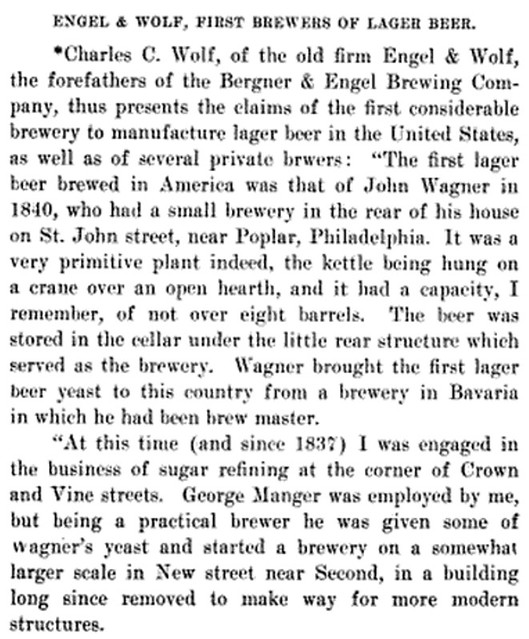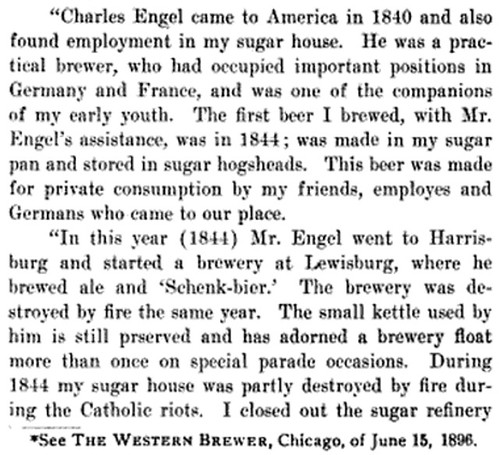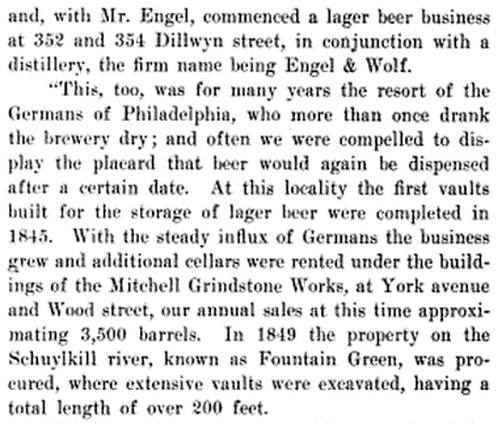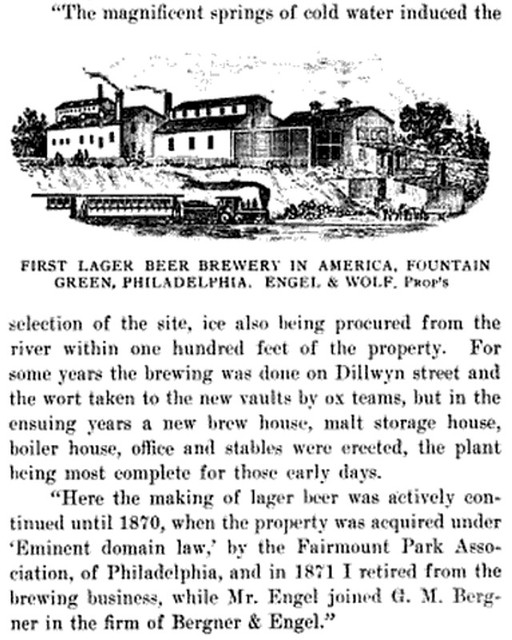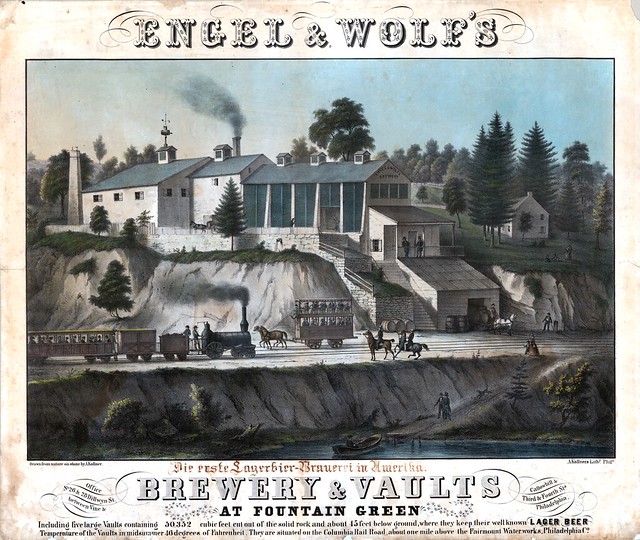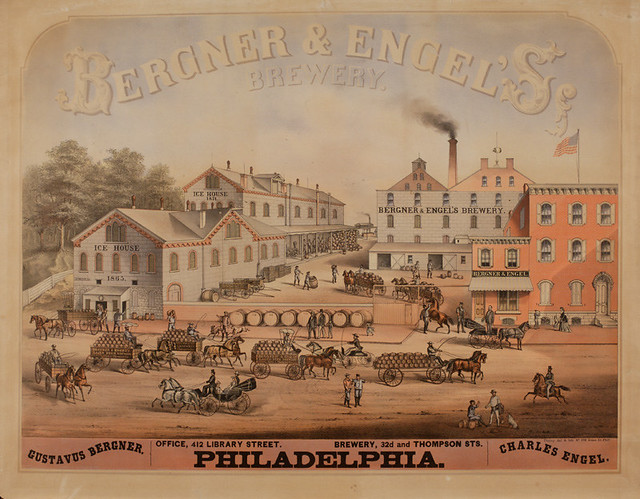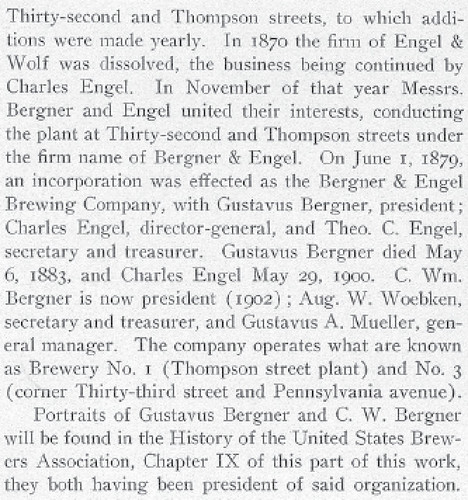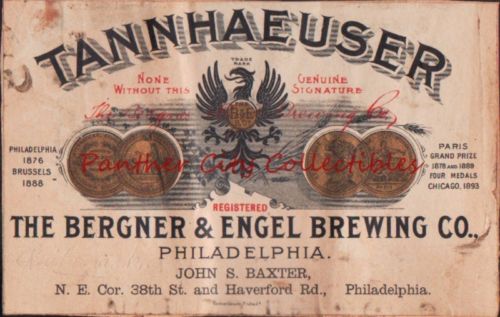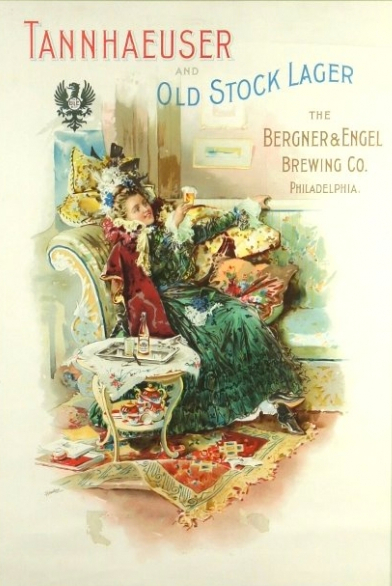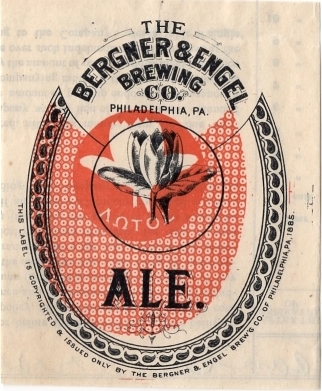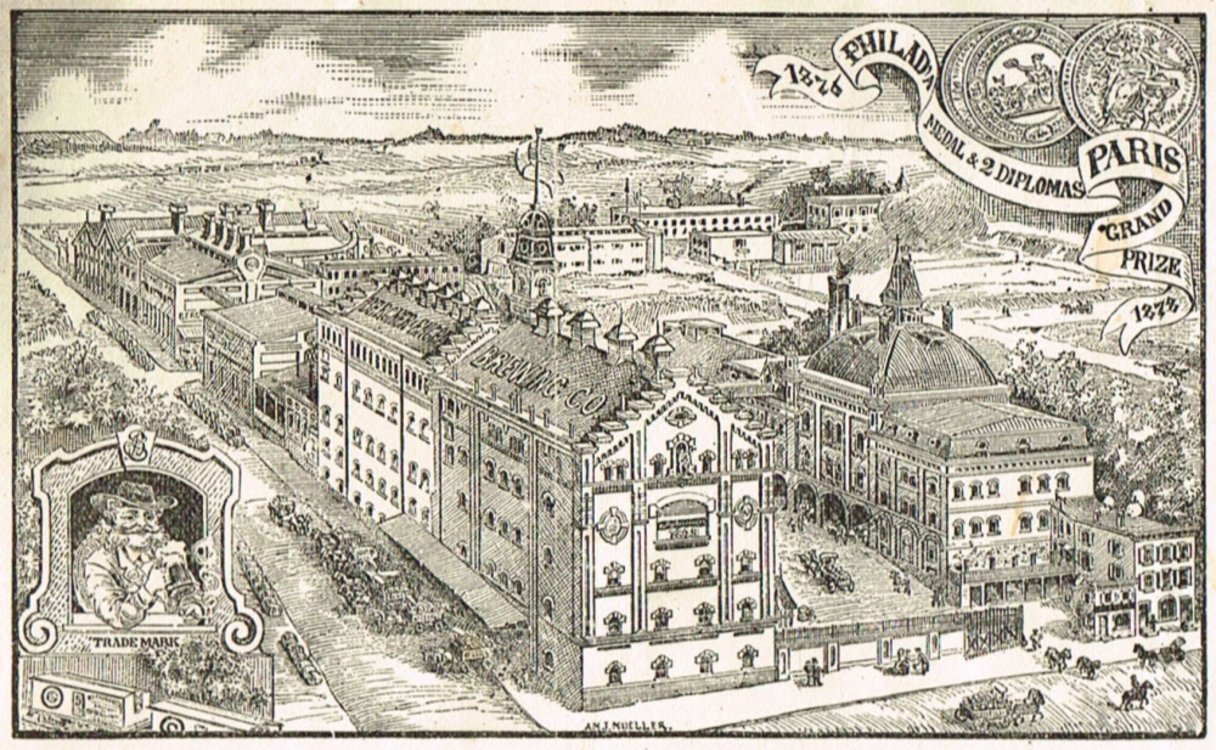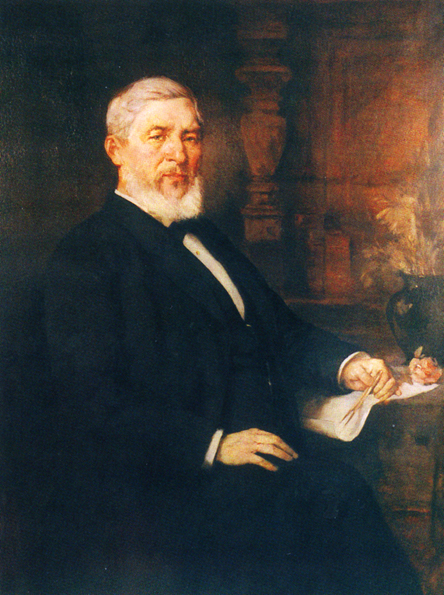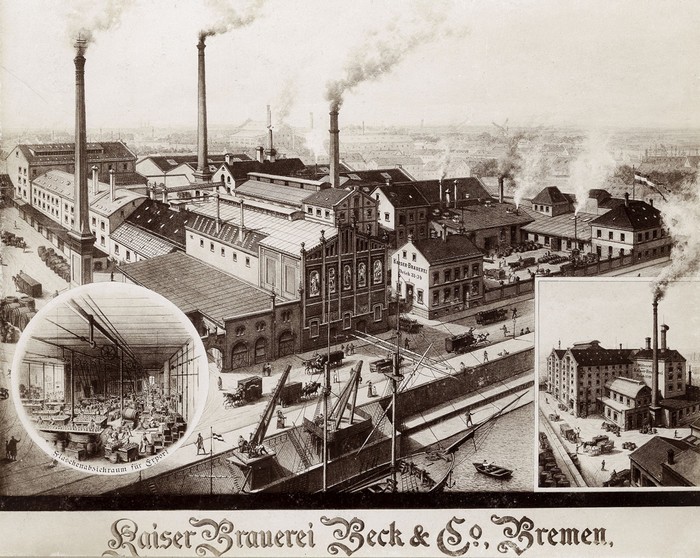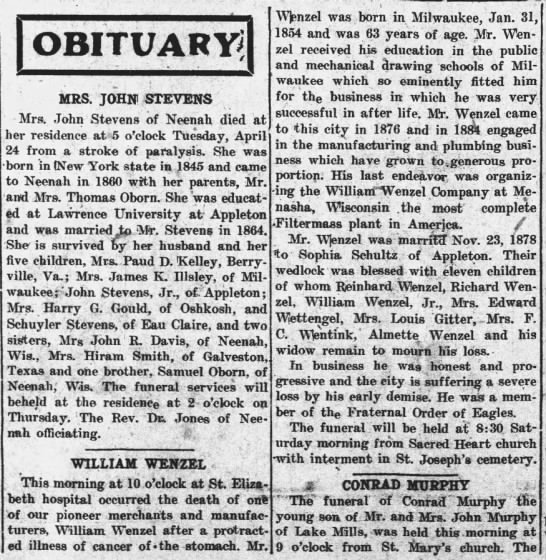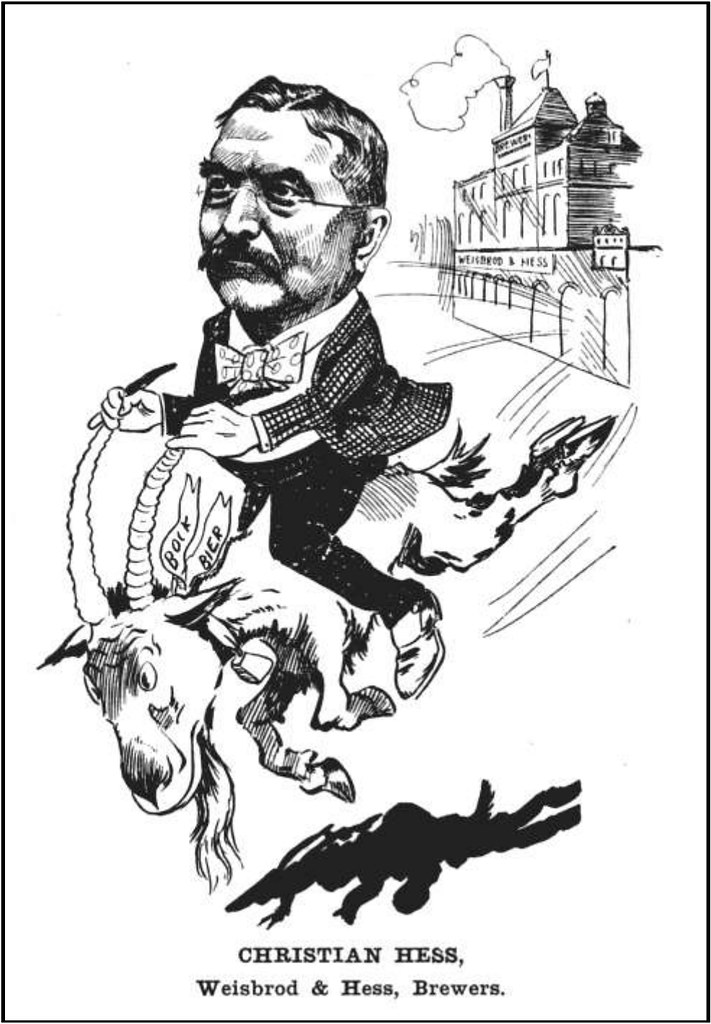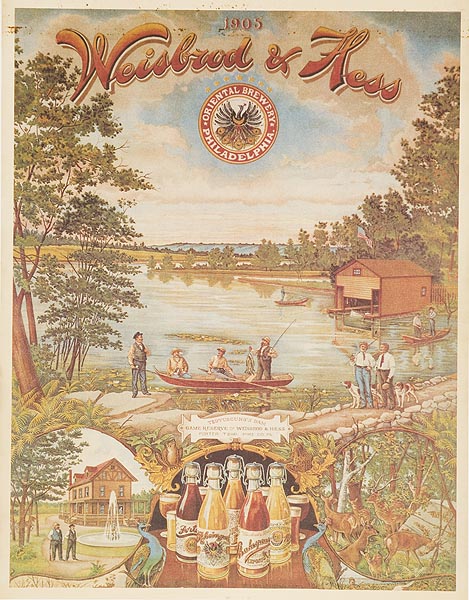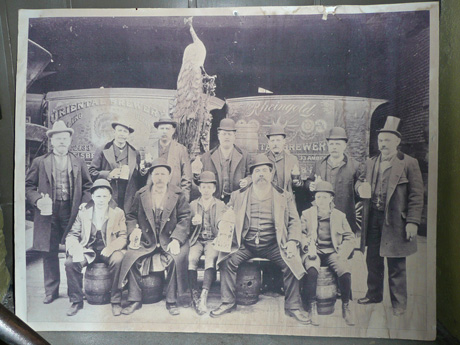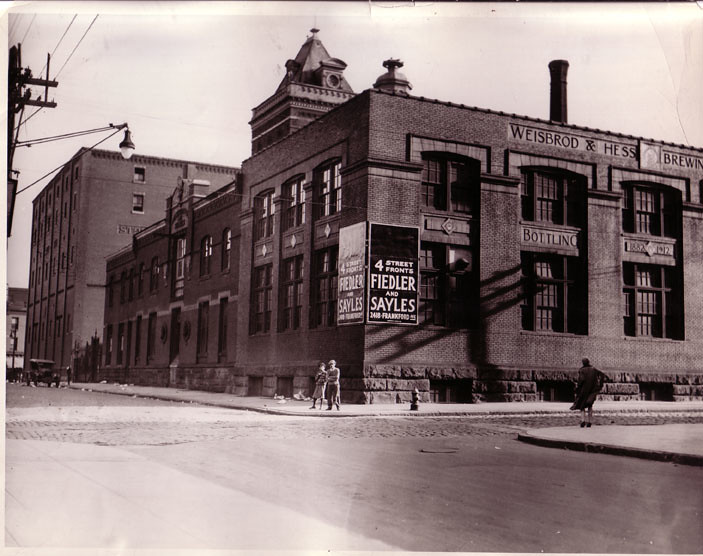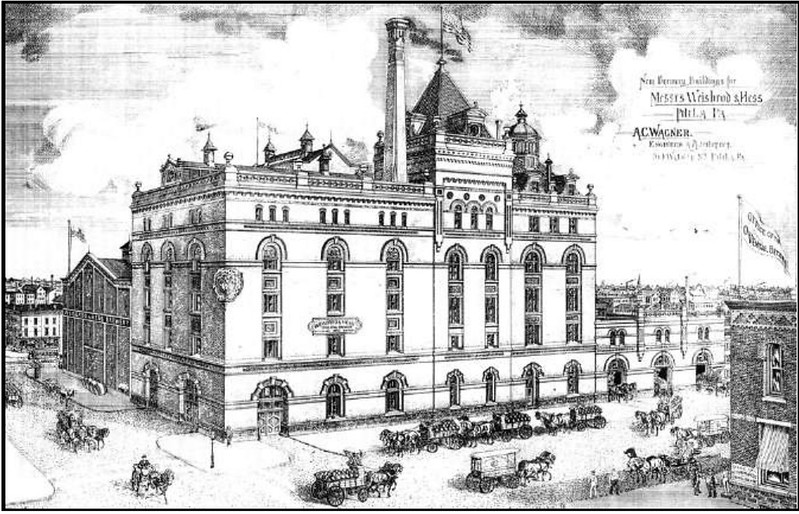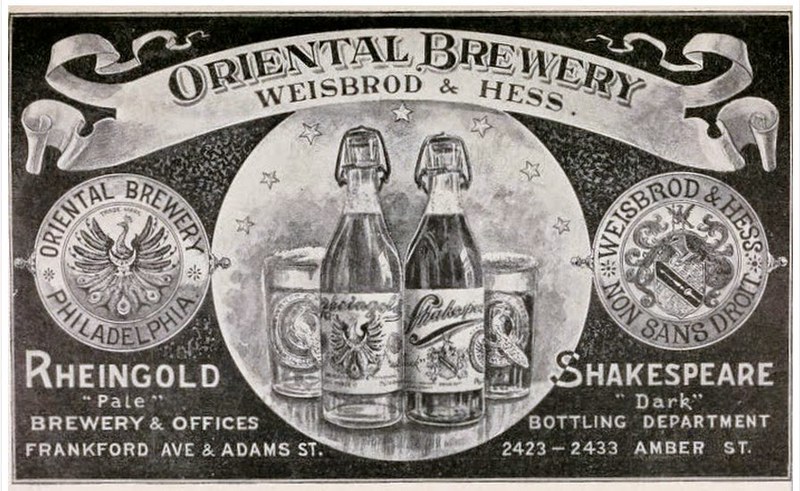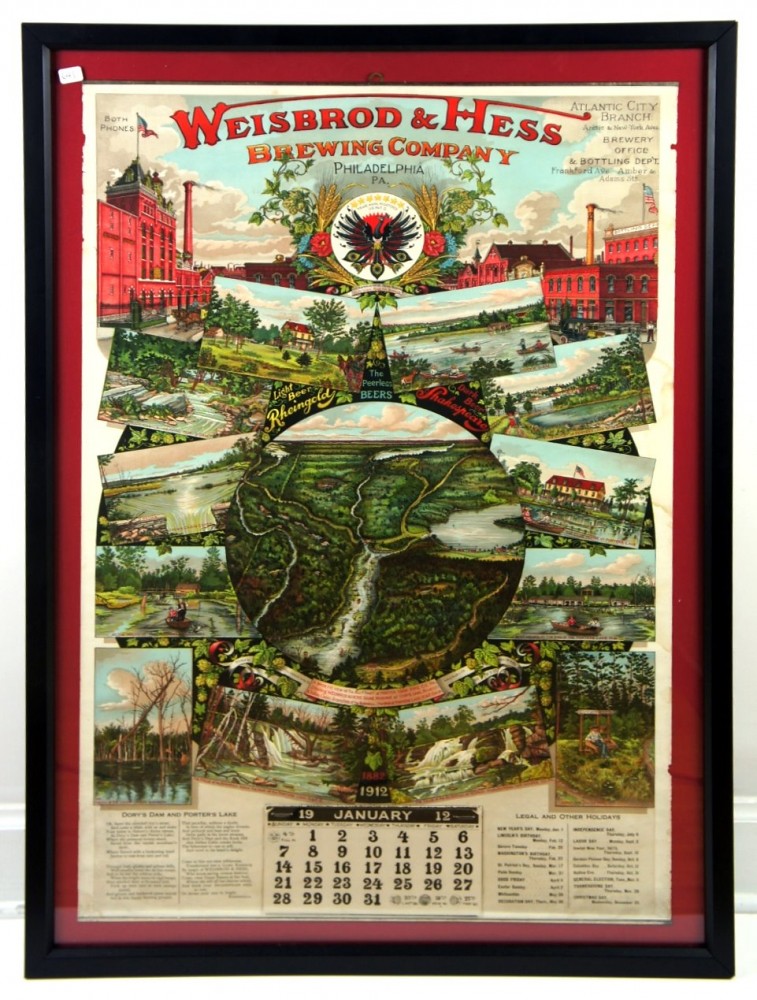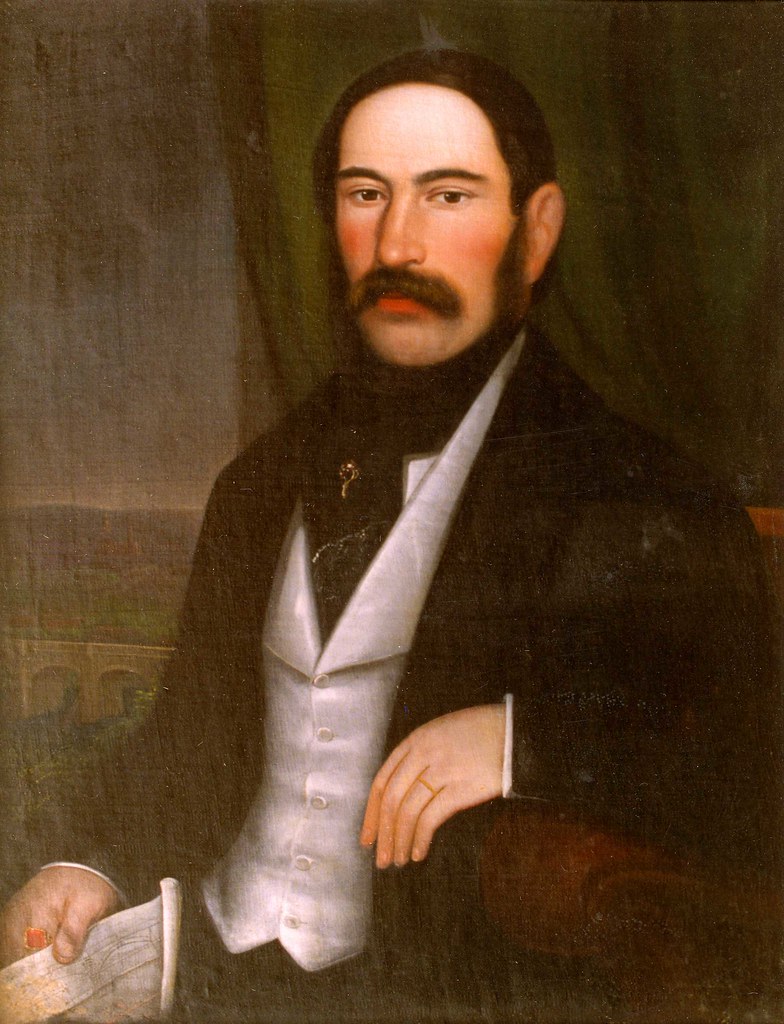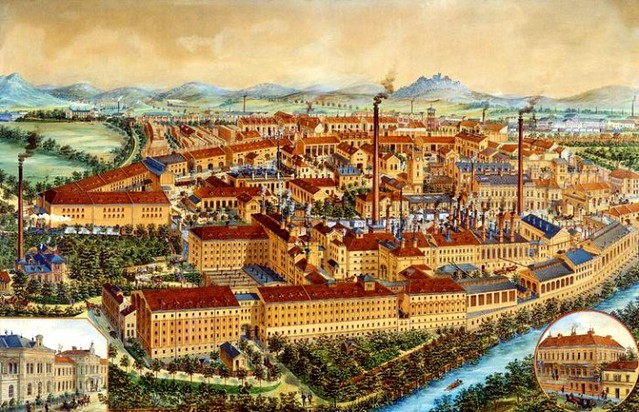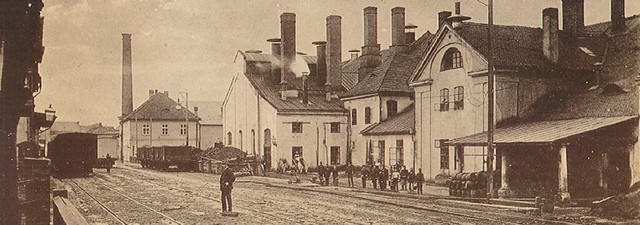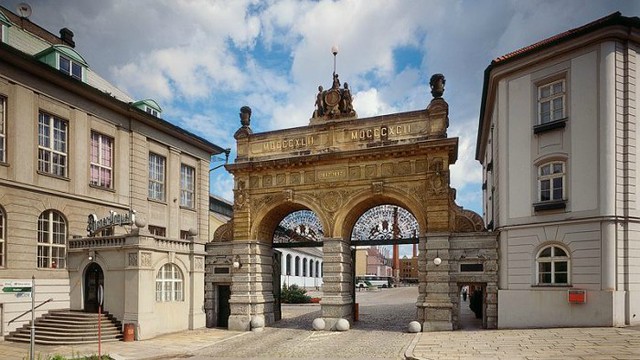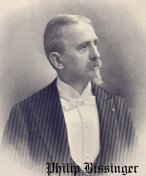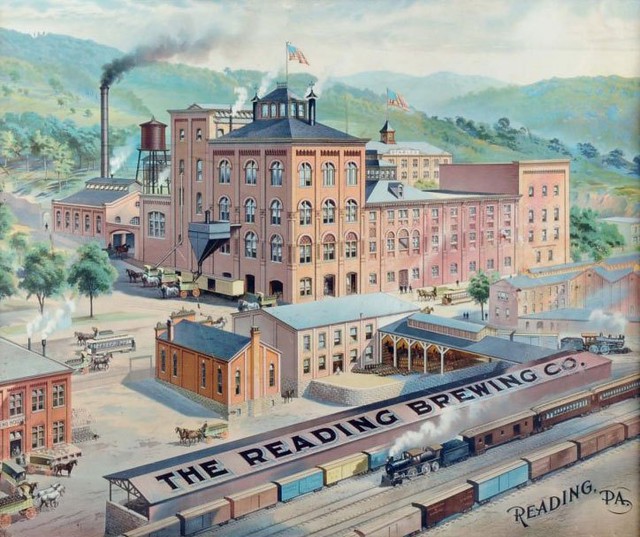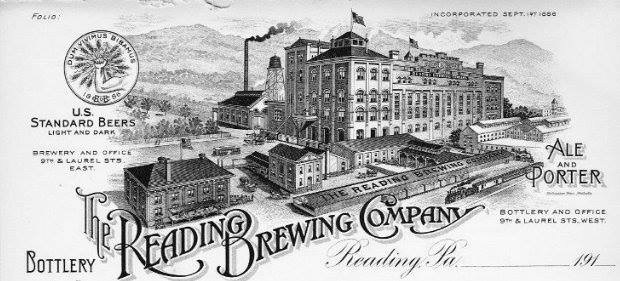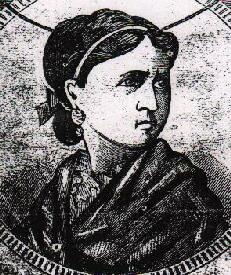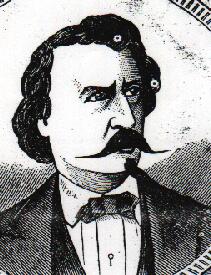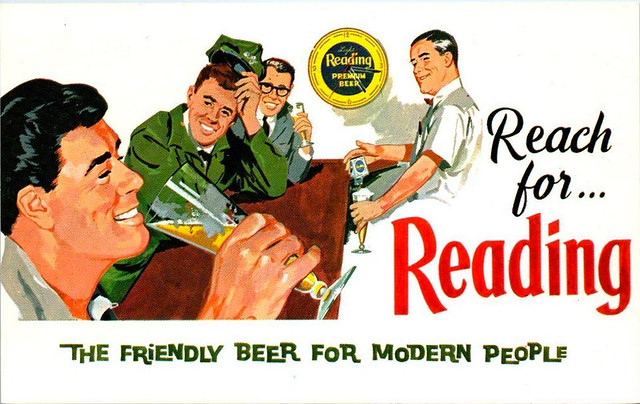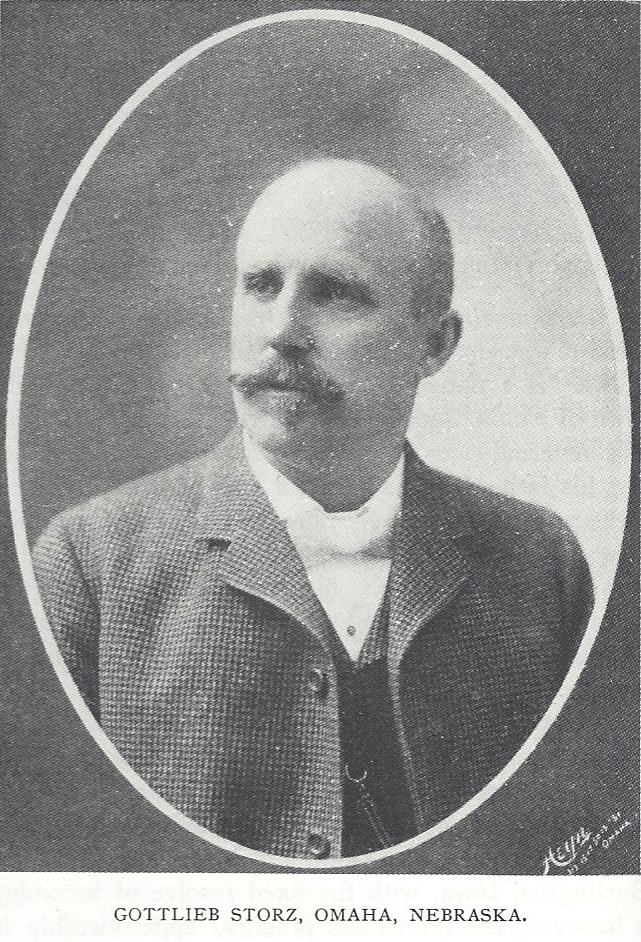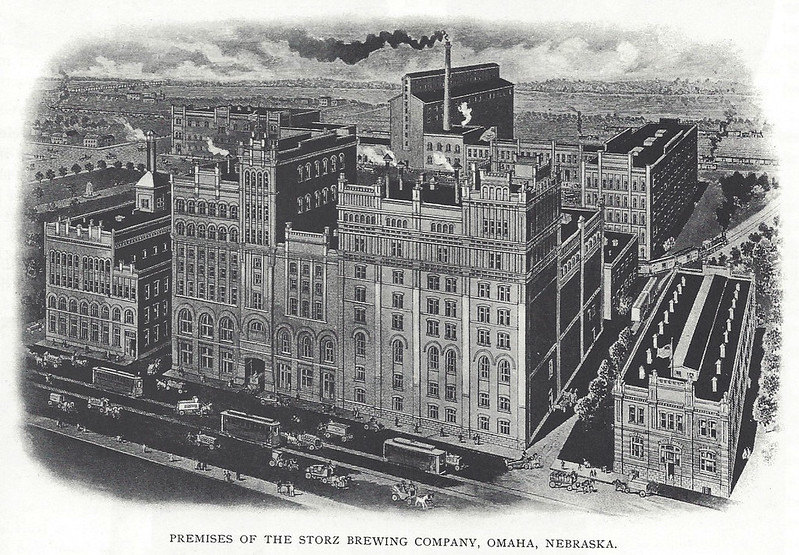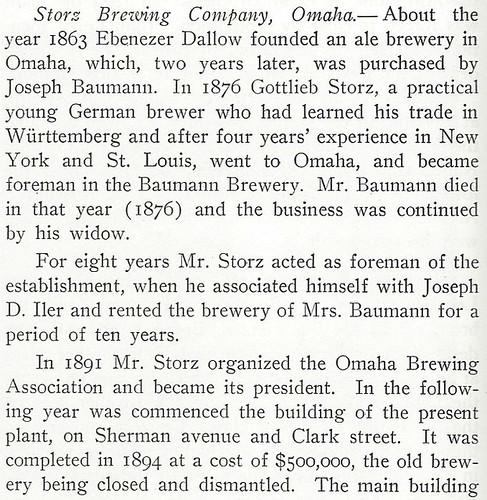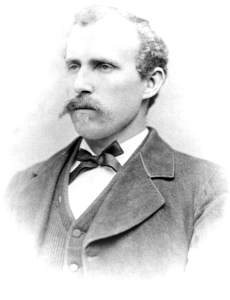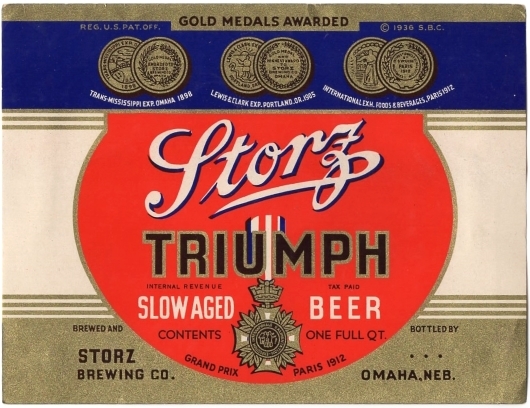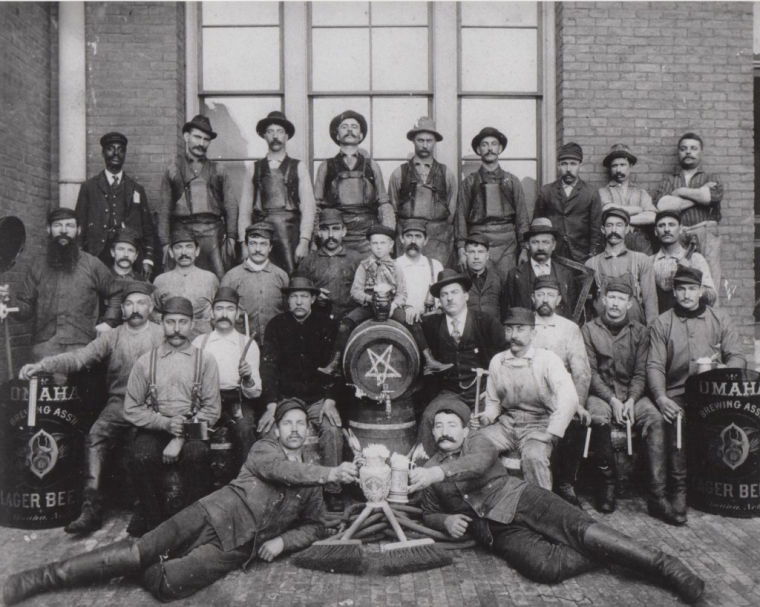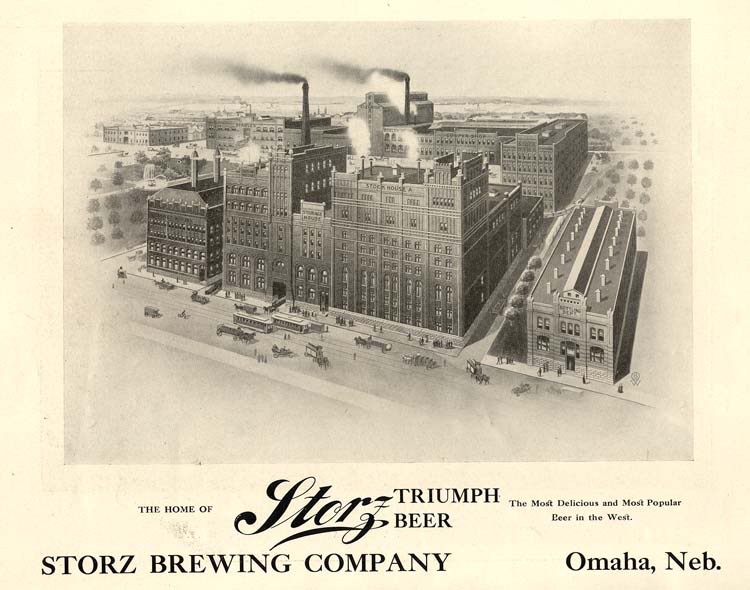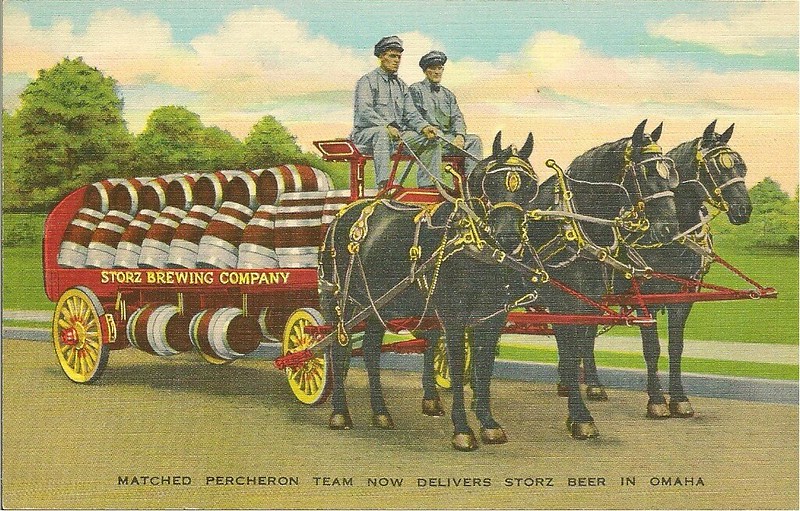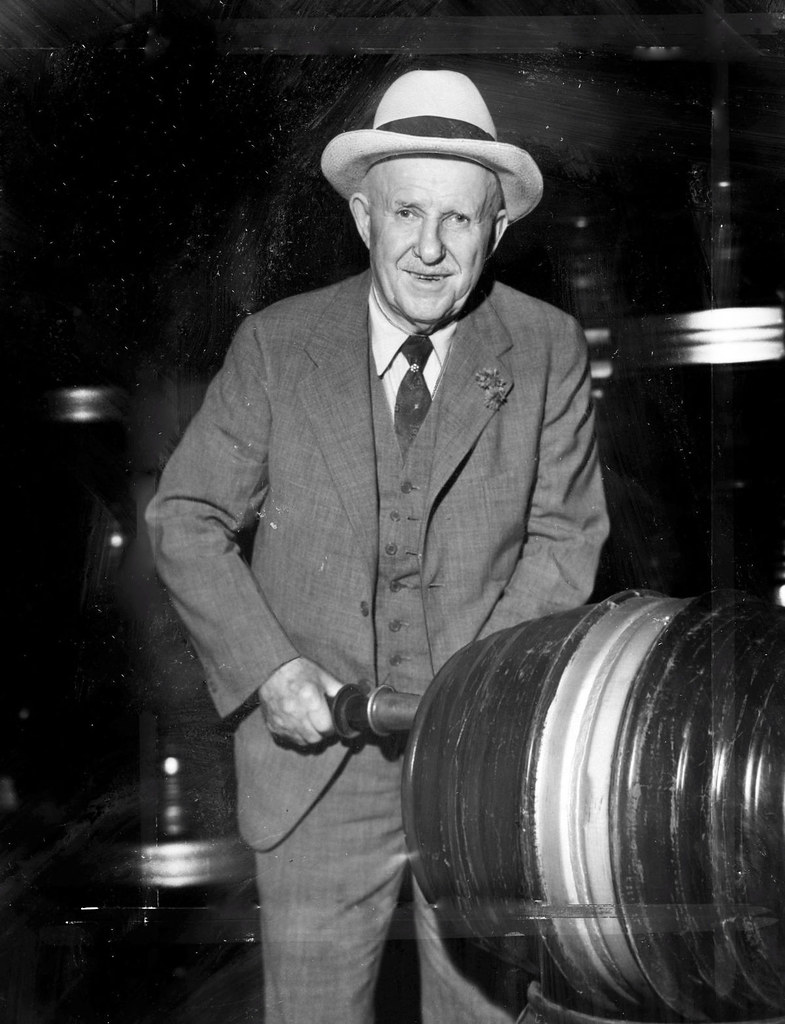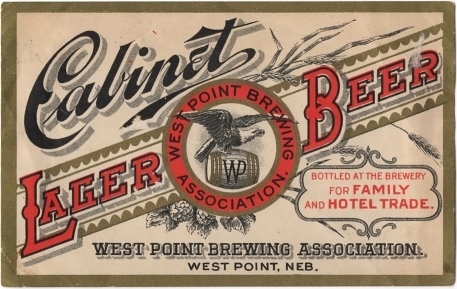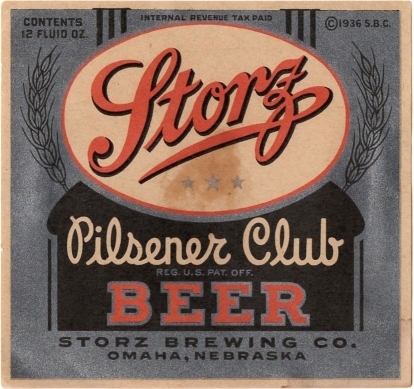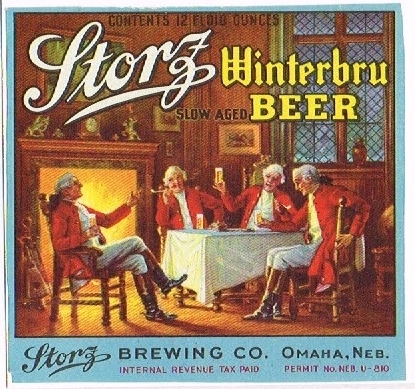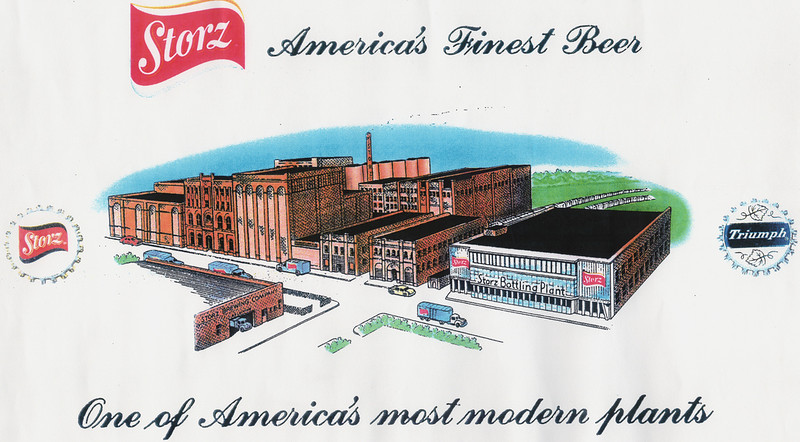
Today is the birthday of Joseph Bosch (February 11, 1850-January 9, 1937). He was born in Achim, Lower Saxony, Germany, the son of a brewer, but came to America in 1854. They started in New York, but moved to Lake Linden, Michigan in 1862, and a few years later began training as a brewer. In 1874, he came back to Michigan, and started his own brewery, the Torch Lake Brewery, which eventually became known as the Bosch Brewing Co. It survived prohibition, but Bosch died in 1937. His two grandsons took over management of the company, and it stayed in business until 1973, when their labels were sold to the Jacob Leinenkugel Brewing Company.
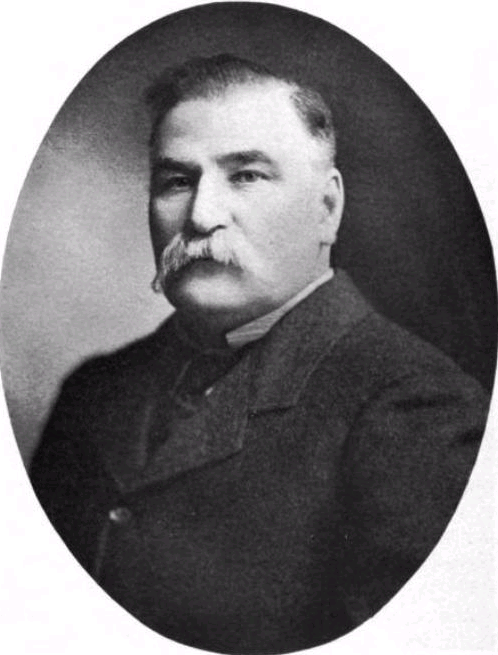
Here’s some biographical information from Wikipedia:
Joseph Bosch was born in Baden, Germany in 1850. He emigrated to New York with his family when he was four, then moved to Wisconsin at the age of twelve, where his father was a brewer. In 1867, the family moved to Lake Linden; there, Bosch worked as a miner of the Calumet & Hecla company. However, he harbored the desire to become a brewmaster, and travelled to Milwaukee, Wisconsin to work at the Schlitz Brewery, then on to Cleveland, Ohio and Louisville, Kentucky before returning to Lake Linden in 1874 to found the Torch Lake Brewery. Two years later he admitted business partners and changed the name to Joseph Bosch & Company. In 1894 he again changed the name, this time to Bosch Brewing Company, and in 1899 the brewery was the largest in the Upper Peninsula, with a capacity of 60,000 barrels annually.
Bosch was also the president of Lake Linden’s First National Bank, organized in 1888, and participated in various mercantile enterprises, including those carried on in the Joseph Bosch Building.
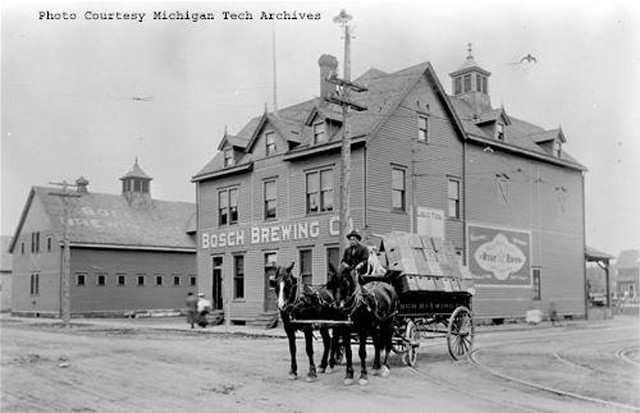
And there was this at the Van Pelt and Opie Library at Michigan Tech:
Joseph Bosch, founder of the Bosch Brewing Company, had always yearned to enter the brewing industry. He had learned much from his father, a brewer in his native country of Germany, who had brought the family to Lake Linden, Michigan in 1867. A desire for more knowledge and experience led the young Bosch to Cleveland, Fort Wayne and finally Milwaukee, where he worked for the Schlitz brewery. He returned to Lake Linden in 1874, erected a small wooden building and began brewing operations as the Torch Lake Brewery, Joseph Bosch & Company. Bosch operated the brewery on his own for the first two years, but in 1876 admitted several men on a partnership basis. The company continued as a partnership until around 1894, when the reorganized firm issued stock under its new name, the Bosch Brewing Company. The company continued in operation for nearly a century, closing the last of its facilities in 1973.
In the early years of brewing in Michigan’s Upper Peninsula, little if any beer was sold in bottles. Bosch saw the potential of this packaging, however, and the company began bottling on a small scale before 1880. By 1883, the original wooden building in Lake Linden had been enlarged and the company was producing 4,000 barrels of beer annually, one quarter of which was bottled. The brewery was completely destroyed in a great fire that swept through Lake Linden in 1887, but the demand for its product fired quick construction of new facilities. By the turn of the century the Bosch Brewing Company had brewing facilities in Lake Linden and Houghton, as well as branches and storehouses in Calumet/Laurium, Hancock, Eagle Harbor and Ishpeming. Having survived the difficult years of prohibition, the company finally closed the Lake Linden facility in favor of the better-situated facilities in Houghton.
Stressing the relationship of its product and the community, the Bosch Brewing Company featured many local themes in its advertising. Promotional phrases such as the “Refreshing as the Sportman’s Paradise” kept the small brewery close to the hearts of Copper Country natives and visitors from farther afield. The company found itself increasingly unable to compete locally with the larger breweries of Milwaukee and St. Louis, however, and the last keg of beer was ceremoniously loaded onto a wagon for delivery to a local tavern on Friday, September 28, 1973.
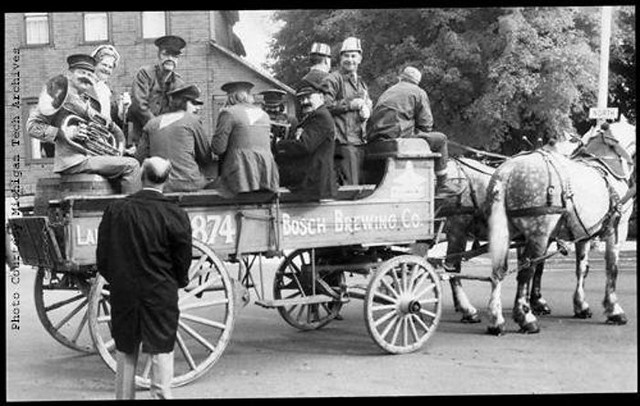
This is from the “History of the Upper Peninsula of Michigan,” published in 1883:
JOSEPH BOSCH & CO., proprietors of Torch Lake Brewery. This business was organized in 1874, and is owned one-half by Joseph Bosch, the other by Joseph Wertin & Sons, of Hancock; 4,000 barrels of beer. are manufactured annually, 1,000 of which is bottled. Joseph Bosch was born in Baden, Germany, February 13, 1850, and came to America with his parents in 1854; he spent nine years in New York City, and then removed to Port Washington, Wis., where he learned the brewing business with his father. In 1867, in company with his father, he came to Torch Lake, and erected the first house in what is Lake Linden; he worked four years at the Hecla Stamp Mill. In 1874, he built the brewery; he was married at Hancock in January, 1875, to Miss Mary, daughter of Joseph Wertin. Mrs. Bosch was born in Austria. They have a daughter — Mary.
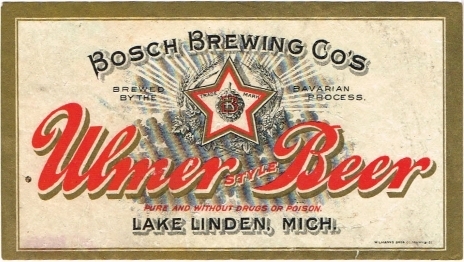
And finally, here’s a longer biography of Bosch from “Biographical Sketches of Leading Citizens of Houghton, Baraga and Marquette Counties, Michigan,” published in 1903:
